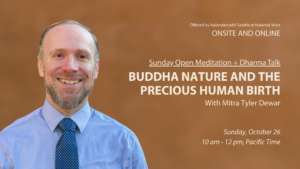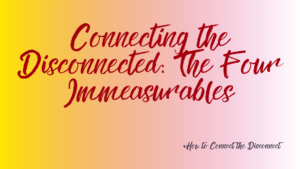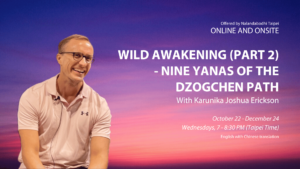When I was fourteen, we evacuated for our first hurricane. We loaded our tiny Toyota with clothes, bottled water, and food, and packed up our Springer Spaniel, Harvey. We boarded up the house and sandbagged the doorways, hoping all would be safe when we returned, aware that it might not be.
Though space was tight, Mom suggested we each take something that mattered to us, just in case the worst happened and the powerful storm surge took out our small house situated between Houston and the Gulf of Mexico.
Mom packed up the box of family photos, some so old that they were printed on tin. My dad carefully wrapped the ancient framed photo of his grandfather riding the logs in Minnesota, and my sister tucked in the portfolio filled with her beautifully rendered drawings.
I stood in the doorway of my room, desperately wanting to choose something that would represent me, something that echoed with the past, with family, but something also personal that I possessed more fully than anyone else might. For long moments, I ran my eyes over the many objects I’d collected, the little treasures that mark a life. Then, hands empty, I gently closed the door and walked out of the house.
I didn’t realize until years later how that moment changed me. I still get upset when the dog chews a book, or I drop it in the bath – the marring or destruction of something I own is always a challenge. But when a fire alarm peals, I walk right out the door and leave everything behind. The essential link between myself and the things I own has been altered, weakened, and I will never see them the same way again.
In some ways, this change seems like a loss. I can enthusiastically create a collection, but I don’t care what happens to the result. I love to shop when I travel, pick up strange and wonderful craft items, but most often, having enjoyed the process of acquisition, I give the items away. But far more, the change is freedom. The subtle tug of possession isn’t gone, but its hold is weakened for me.
Exercise/Meditation/Ejercicio
If you are looking to weaken the hold of possession or attachment in your life, then you might try this practice, loosely based on a guided reflection from Buddhist teacher, Judith Zimmer Brown.
- Look at an object, perhaps one you are thinking of acquiring. Imagine that object in your home, in your life. Where will it be six months from now? A year? Five years? (Mine are almost always covered with dust on the back of a shelf.) Rest with that feeling.
- Next, try it with a valued object, something passed down in your family, perhaps. Hold it in your hands, with your eyes closed. Feel its outlines. Now imagine it gone, wiped away by flood or fire. Are the memories associated with that object less strong? Is the connection the object gives rise to less present? Again, let the moment, the image, dissolve and rest.
- Once you become familiar with this practice, you can do it anywhere, anytime you are deliberating about purchasing an object or wanting to let go of your attachment to something.

Laura McRae has been a student of Dzogchen Ponlop Rinpoche since 2005. Born in Los Angeles and educated in Houston, she is teacher of English and Creative Writing in Toronto, Ontario, Canada. Her first full-length collection of poems, Were There Gazelle, appeared from Pedlar Press in spring of 2020.






